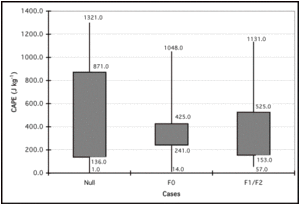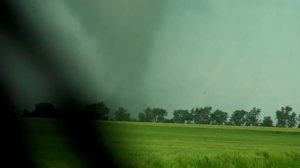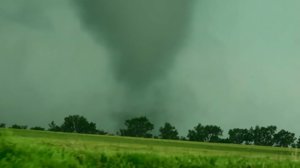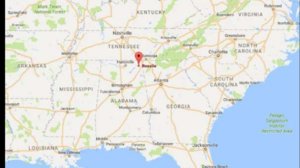Dan Robinson
EF5
The tornadoes in Iowa today occurred in an environment with sub-500 j/kg MLCAPE and SBCAPE values. At one point SPC mesoanalysis indicated sub-250 j/kg areas still producing low-topped tornadic supercells. Obviously most if not all of this instability was near-ground to maximize the stretching in surface vorticity-rich low levels. While I realize that mesoanalysis is partially model-derived and isn't necessarily gospel, it's the lowest indicated CAPE environment I can remember seeing produce tornadoes. Kholby Martin posted this screenshot on Twitter:
https://twitter.com/StormChaser220/status/803393981719711750
Is there a record for lowest-CAPE tornado events? This one is a contender.
Video of one of the tornadoes:
https://twitter.com/MarkWoodleyKWWL/status/803363750535397376
https://twitter.com/StormChaser220/status/803393981719711750
Is there a record for lowest-CAPE tornado events? This one is a contender.
Video of one of the tornadoes:
https://twitter.com/MarkWoodleyKWWL/status/803363750535397376




